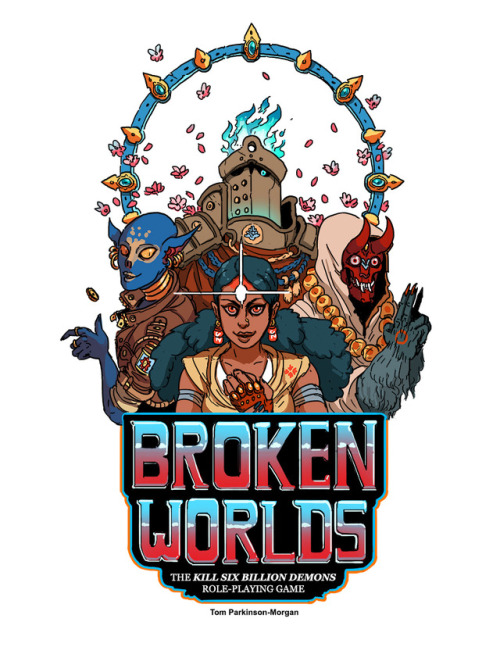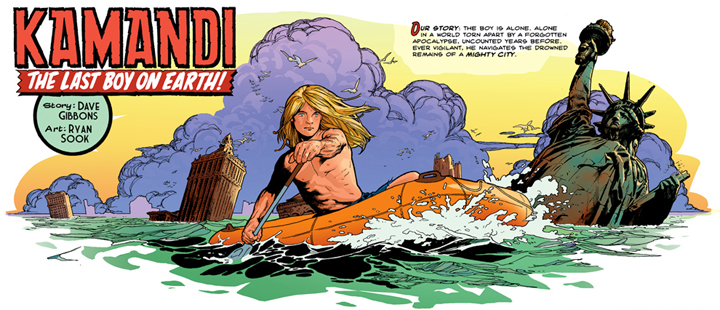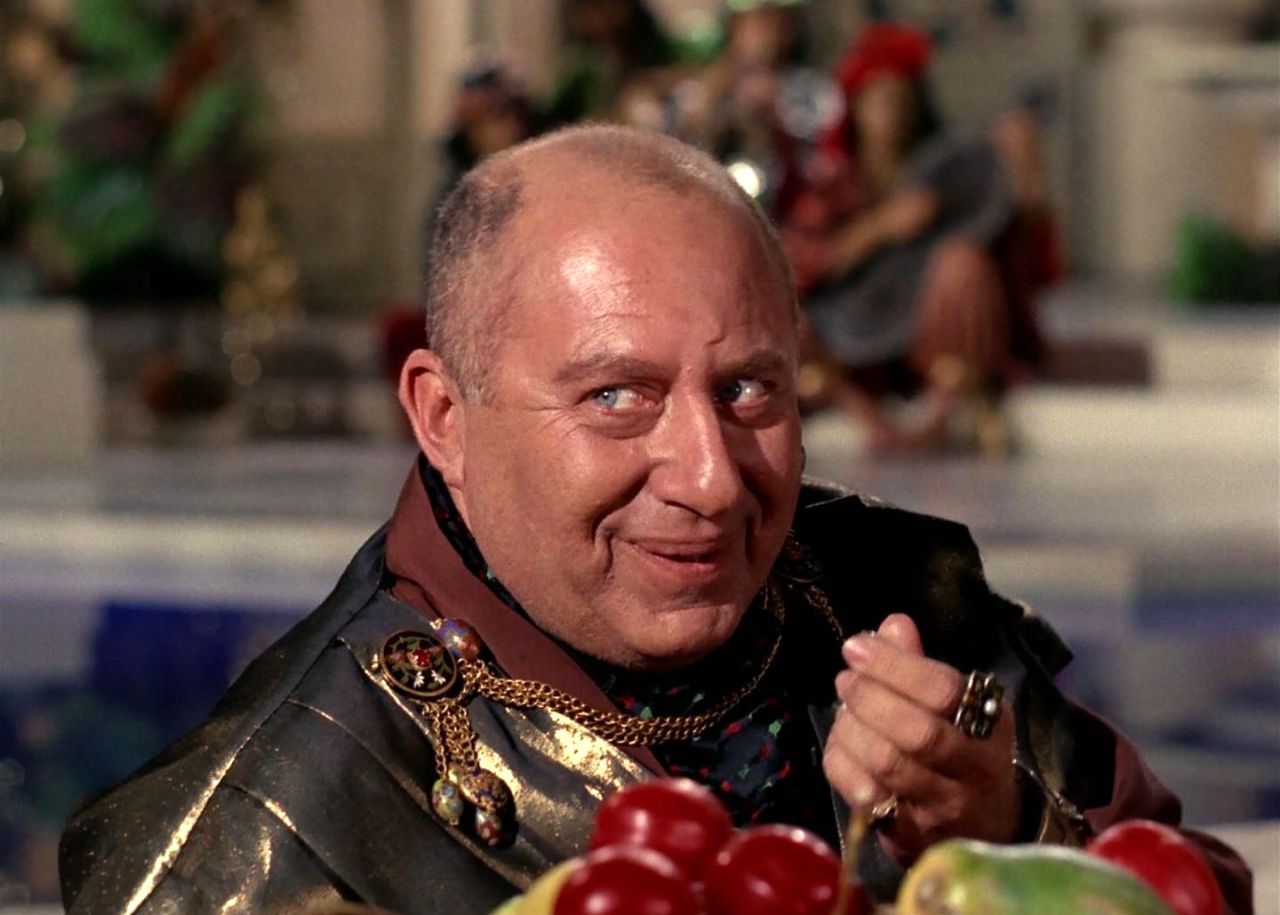This petty god first appeared in a post back in December of 2010.
Symbol: A small statue, boundary marker, or herma with an head of an (often bearded) old man wth a bemused expression.
Alignment: Lawful
Noom the Ubiquitous, or Noom the Unlooked For, is the patron of the lost (both people and things), wanders, and things overlooked. For as long as there have been roads, streets, and trails, people have been placing crudely fashioned statuettes of this smiling godling along them. He oversees journeys that are not as planned. He brings the lost traveler to a place more interesting than where she intended to go, and insures that lost items wind up in the hands of those who might need them at a crucial moment.
In manifestation, Noom looks like a portly, aged, dwarf in bright clothing. The pockets on his clothes always look full, and he typically carries a peddler’s sack, fit to burst,on his back. He seldom appears though, preferring to act through his idols.
Noom has few if any worshippers. So ancient and forgotten is his cult, few even realize the small, roadside statues represent a god. Noom aides travelers not in exchange for their veneration, but out of whim. Anyone lost in the presence of a Noom statue has a 40% chance of attracting the godling’s attention. This increases to 60% if they sleep in close proximity to a statue.
Noom will not help a lost traveler find their destination, but will either subtly guide something interest their way, or guide the person to something of interest. “Interest” in this case, may be the threshold of adventure, but it will generally not be something immediately dangerous (like a wandering monster). Noom’s intercession will never be obvious. Events will always seem natural, if perhaps a little strange.
Other times, Noom’s influence will be felt in the finding of an innocuous, but ultimately useful item. These will seldom be magical, and will never appear to be particularly value at first (though they may actually be). These will be found in the dust or weeds around Noom idols. It will be strange in many cases that the item could have been lost where it is found.
Destroying a statue of Noom will bring the godling’s displeasure. Doing so may result (50%) in getting lost, at least for a time, in an unpleasant and possibly dangerous way.
3 hours ago























































